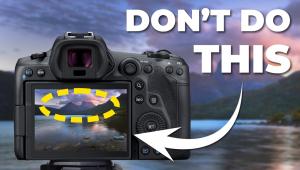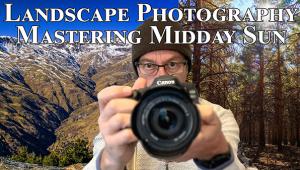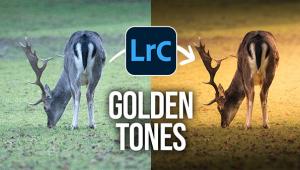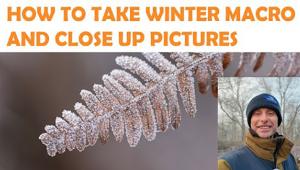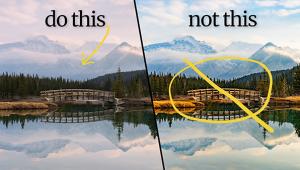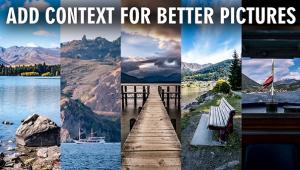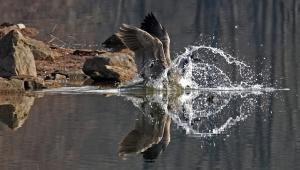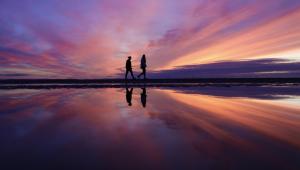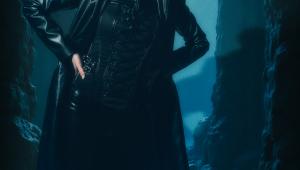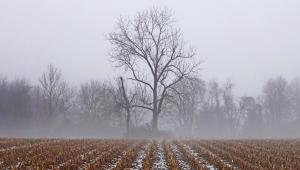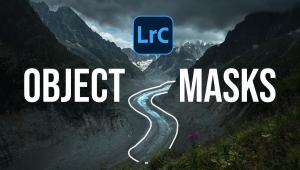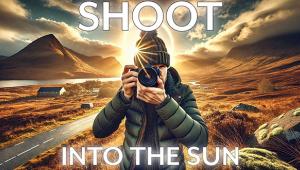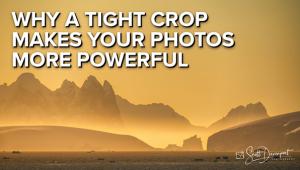Want to Shoot Great-Looking B&W Photos? Here Are the Key Ingredients (VIDEO)

Experienced landscape photographers often make an artistic decision before setting up a shot, and it's one less-experienced shooter often ignore; namely, whether to capture the image in color or black a white. The decision you make can have a huge impact on the photos that follow.
The behind-the scenes video below from British pro Ian Worth discusses how to decide whether to shoot in color or b&w (or make a conversion during the editing process. He then provides several important tips for getting the job done if b&w is your choice. As you'll see, the characteristics of a scene greatly factors into the equation.
There are distinct advantages to both color and b&w photos, and Worth demonstrates how they evoke different emotions. Worth explains that "with color photography my aim is to capture a natural look that mimics how I see things with my own eyes." When it comes to b&w imagery, however, he says "that presents a completely different reality."

Worth says a big benefit of shooting in b&w is that is allow you break free of conventional restraints. And unlike with color images, b&w photos often thrive on days when there's a clear blue sky. That's because "the simplicity sometimes help to balance a composition that might otherwise be dominated by texture."
Technical matters aside for a moment, Worth says "learning to see in b&w" is a key ingredient for making great monochrome images. Once you develop that perception, other factors like composition, exposure, and camera settings tend to fall in place. Worth says his first step when shooting b&w imagery is to "examine the interplay between light and shadow within a scene."
Color photos often include contrasting colors that help make the shot. With b&w, however, Worth says "the scene should have its own inherent contrast based upon tones, textures and shapes." The example he provides is an image of a green field with a blue sky, that makes a nice color image. In b&w, however, those two colors look virtually identical and are rendered a mid-gray–devoid of any contrast between the tones.

Worth discusses several other important considerations for shooting attention-grabbing b&w photos that are easy to employ. As you'll see, many of these techniques involve making the best use of texture, light, shapes, and shadows.
While watching the lesson pay close attention to how Worth says he visualizes various scene scenes, because his manner of "seeing" is a big part of the process. Then head over to his YouTube channel for more helpful tips and tricks for shooting and editing landscape photographs.
We also suggest watching last month's tutorial, explaining the best way to use a polarizing filter for landscape photos with more impact.
- Log in or register to post comments

